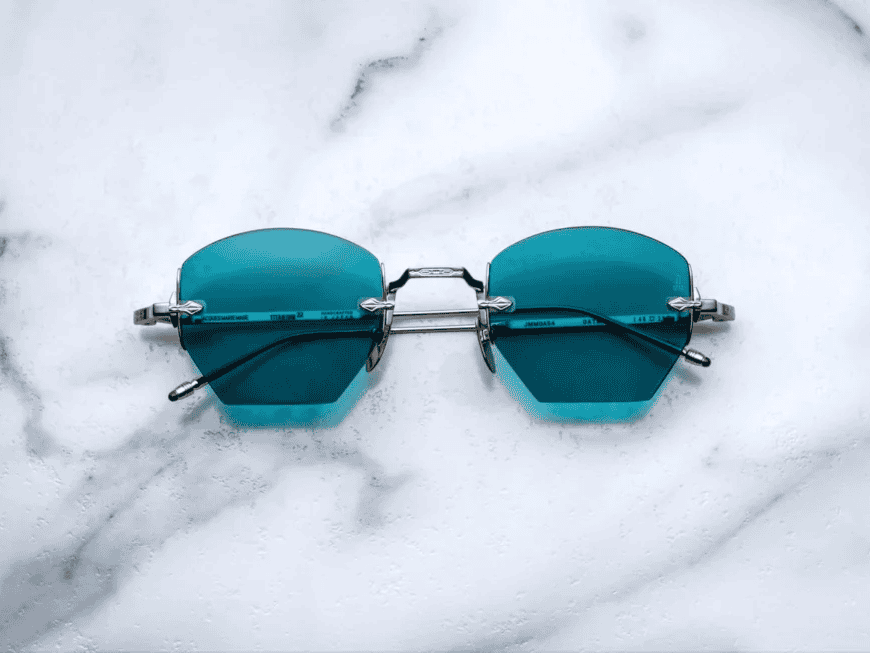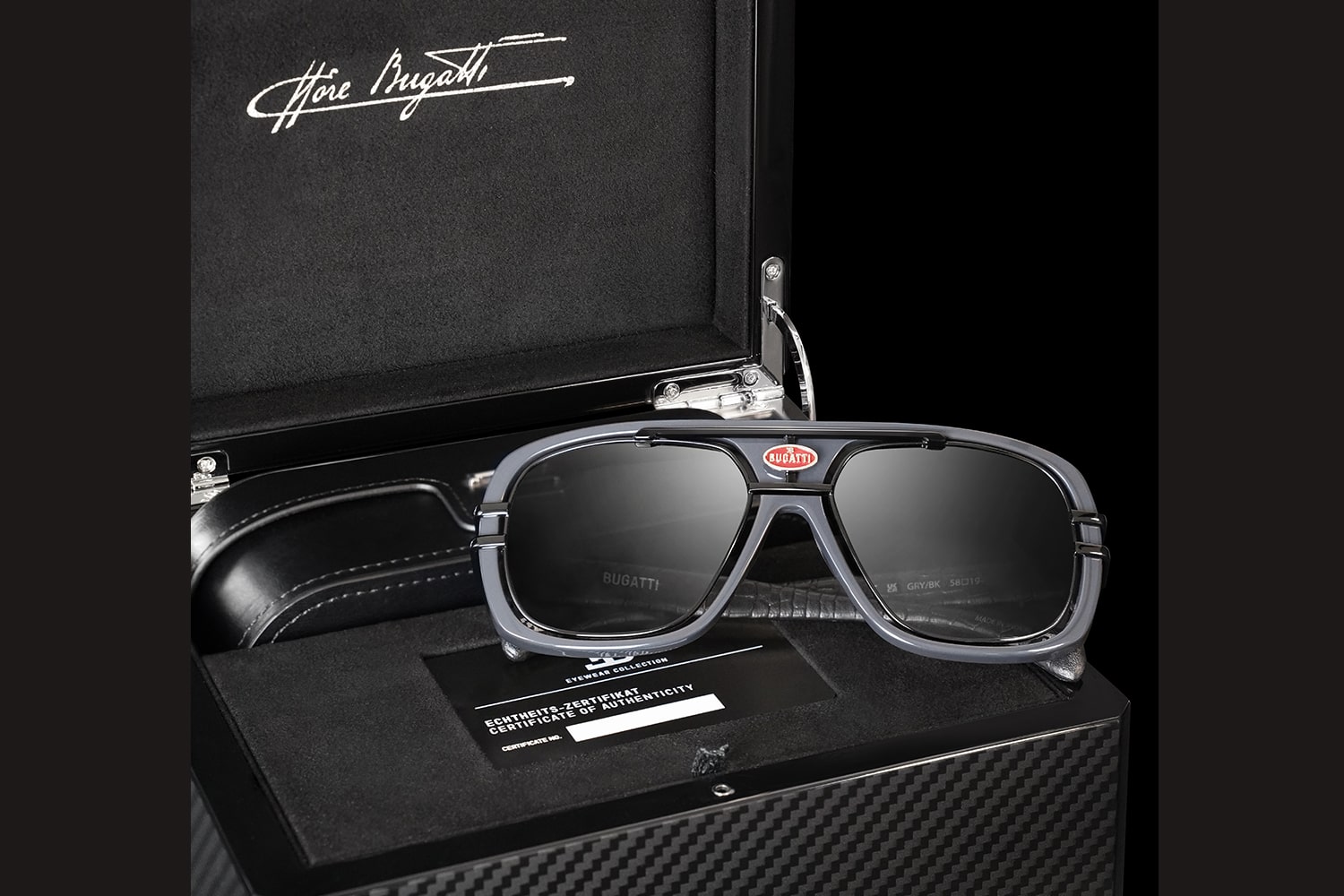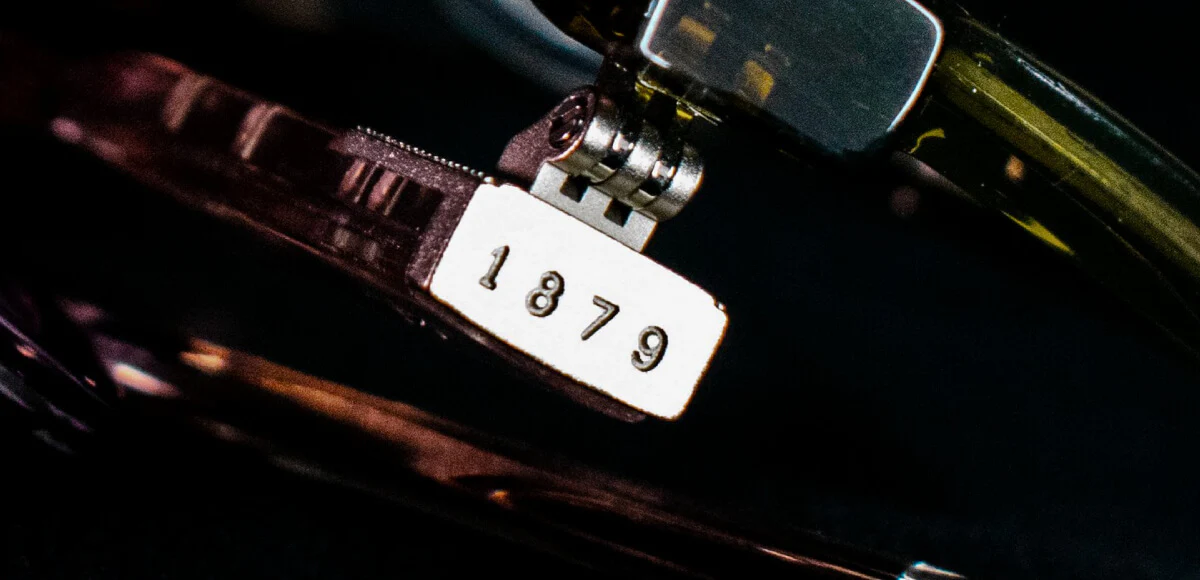The appeal of brand name, or designer glasses can be strong, drawing you in with promises of luxury and style. However, the truth behind these frames reveals a different story. The eyewear market is largely controlled by EssilorLuxottica, a monopoly that owns many of the biggest brand names and designer labels. This control allows them to charge premium prices for glasses that are often mass-produced with minimal focus on quality.
The Overpriced Illusion of Brand Name Frames
Brand name and designer glasses are frequently marketed as luxury items, but their price often reflects the power of branding more than the actual quality of the product. These frames are made with cheap materials and processes that do not justify their high price tags. The value attached to the brand name can overshadow the actual effort put into making the glasses, leading consumers to pay more for a name than for the craftsmanship or materials involved. While these frames are expensive, they are often overpriced for what they truly are—products of mass production with a focus on profit rather than quality.
Independent Brands: A Commitment to Craftsmanship
Independent eyewear brands offer a stark contrast to the mass-produced options available under big names. These brands are often driven by a passion for eyewear design and a commitment to high quality and true craftsmanship. This effort is evident in every detail, from the initial concept to the final product, these brands take pride in their work, producing frames that are unique and innovative. The materials used—whether premium acetate, metal, or other high-quality components—are chosen for their ability to contribute to the overall aesthetic and feel of the glasses.
The Collectability of Independent Eyewear
Independent eyewear is uniquely collectable due to its distinct nature and the craftsmanship involved in each pair. The use of quality materials such as buffalo horn, wood, acetate, titanium, carbon fiber and more adds to the appeal, making each pair of glasses not just an accessory, but a work of art. Many independent brands will release limited edition frames and collaborations. These are usually made in low quantities and each pair is numbered, making them truly collectable.
What really sets independent frames apart is the story they tell. Each pair is a reflection of the designer’s vision and the meticulous process behind its creation. Whether it’s the careful selection of materials or the craftsmanship and attention to detail, each piece is a work of art. Independent eyewear offers a depth and character that mass-produced brand name frames often lack. The result is a pair of glasses made for those who appreciate not just the look of their eyewear, but the artistry and the story that their frames have to tell.
Rethinking Luxury in Eyewear
True luxury in eyewear is not about the name on the frame but about the quality of the materials, the thoughtfulness of the design, the craftsmanship and the story behind each frame. Brand name glasses, while often marketed as luxurious, fall short in these areas, being priced more for their name than for the quality they offer. Independent brands on the other hand embody these values, and are a better reflection of what eyewear should be. Creating glasses that are made with passion, care, artistry and most importantly a story to tell.
Discover independent eyewear with Project Spex. Every Friday, we deliver the latest in collectible eyewear and your favorite independent designers.
Sign up now and never miss a thing!
About The Author:

Will Benjamin is an advocate for independent eyewear and one of the driving forces behind Project Spex. With a passion for unique, collectible, and limited-edition eyewear, Will aims to inspire people to build their own collections through Project Spex, while supporting the success of independent opticals.




